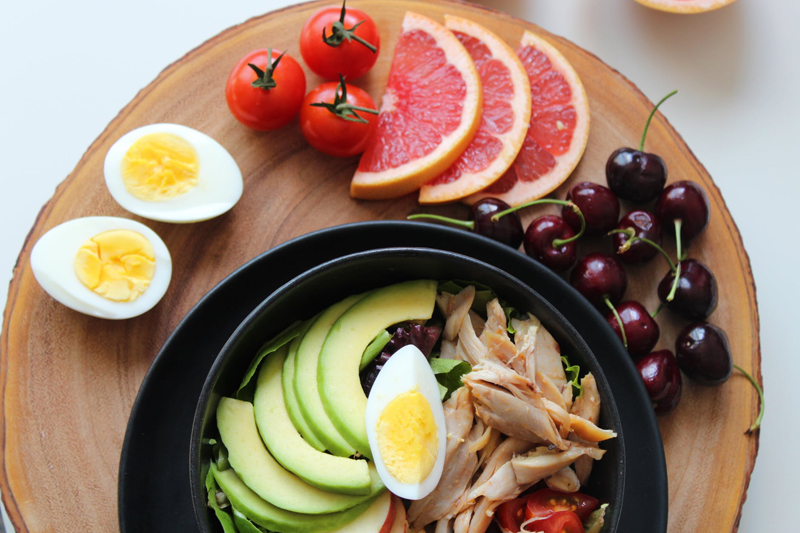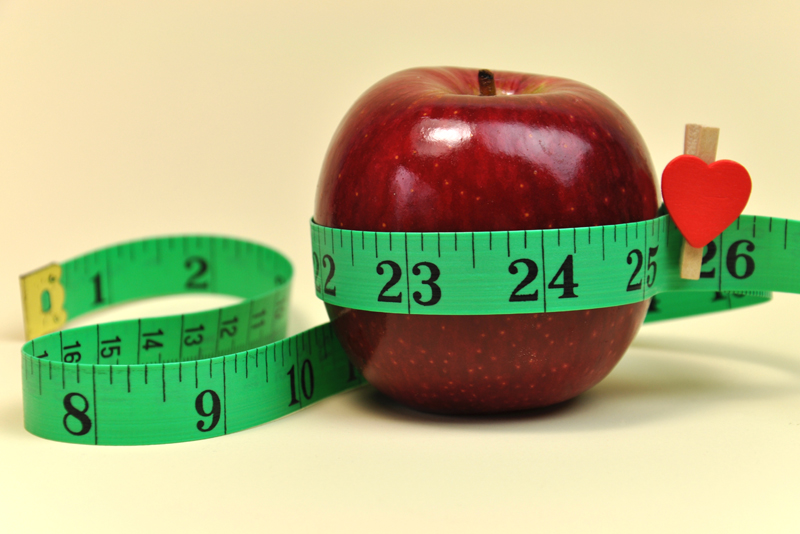Butter Carbs and Nutrition

For most of mankind's history, butter was the substance we used to cook with and eat on our food. Butter forms very easily when the cream of milk is churned, or mixed. Butter was found to be a great way to store milk's vitamins and nutrition. Where nomadic communities might have had a lot of trouble lugging jugs of milk around with them, and keeping it from spoiling, they could much more easily turn that milk into butter and cheese and eat those items later on.
In the 1970s, the US went on an anti-fat kick where they thought all fat was bad. They didn't realize, at the time, how important many fats like Omega-3 oils are for our health! So they made a blanket statement about all fats and butter was lumped in with the others. People were encouraged to eat margarine instead of butter.
Margarine was developed as an artificial butter and especially during war-time when milk rationing was heavy, margarine was often the only alternative for people to use. However, we didn't realize at the time how nasty trans fats were. People thought they were OK things to consume. So they merrily ingested a lot of trans fats with their margarine and thought this was a good thing.
Now, however, we realize just how bad trans fats are, and the pendulum has swung back again in favor of butter. Butter is a natural product and has no trans fats in it. Of course, it still should be eaten in moderation.
100g of butter provides 86% of your daily Vitamin A, as well as 10% Vitamin D and 15% vitamin E. It has zero carbs - so it is a completely carb free product. It has 1g of protein. You also get 48mg of calcium.
Interestingly, even though butter comes from milk, by the time it gets into a butter state there's hardly any lactose at all in it. So even if you tend to have reactions to milk because of lactose, you will probably be all right with butter.
I grew up in the 70s being served margarine on everything. It took a while to train my taste buds to like the taste of butter instead. However, I made that effort, and now when I need to use a butter-like substance, I use butter rather than margarine. Look for ways to incorporate more healthy choices in your daily life - every little change helps!

Lisa Shea's Library of Low Carb Books
In the 1970s, the US went on an anti-fat kick where they thought all fat was bad. They didn't realize, at the time, how important many fats like Omega-3 oils are for our health! So they made a blanket statement about all fats and butter was lumped in with the others. People were encouraged to eat margarine instead of butter.
Margarine was developed as an artificial butter and especially during war-time when milk rationing was heavy, margarine was often the only alternative for people to use. However, we didn't realize at the time how nasty trans fats were. People thought they were OK things to consume. So they merrily ingested a lot of trans fats with their margarine and thought this was a good thing.
Now, however, we realize just how bad trans fats are, and the pendulum has swung back again in favor of butter. Butter is a natural product and has no trans fats in it. Of course, it still should be eaten in moderation.
100g of butter provides 86% of your daily Vitamin A, as well as 10% Vitamin D and 15% vitamin E. It has zero carbs - so it is a completely carb free product. It has 1g of protein. You also get 48mg of calcium.
Interestingly, even though butter comes from milk, by the time it gets into a butter state there's hardly any lactose at all in it. So even if you tend to have reactions to milk because of lactose, you will probably be all right with butter.
I grew up in the 70s being served margarine on everything. It took a while to train my taste buds to like the taste of butter instead. However, I made that effort, and now when I need to use a butter-like substance, I use butter rather than margarine. Look for ways to incorporate more healthy choices in your daily life - every little change helps!

Lisa Shea's Library of Low Carb Books
You Should Also Read:
Milk and Dairy Carb Chart

Related Articles
Editor's Picks Articles
Top Ten Articles
Previous Features
Site Map
Follow @LisaLowCarb
Tweet
Content copyright © 2023 by Lisa Shea. All rights reserved.
This content was written by Lisa Shea. If you wish to use this content in any manner, you need written permission. Contact Lisa Shea for details.










